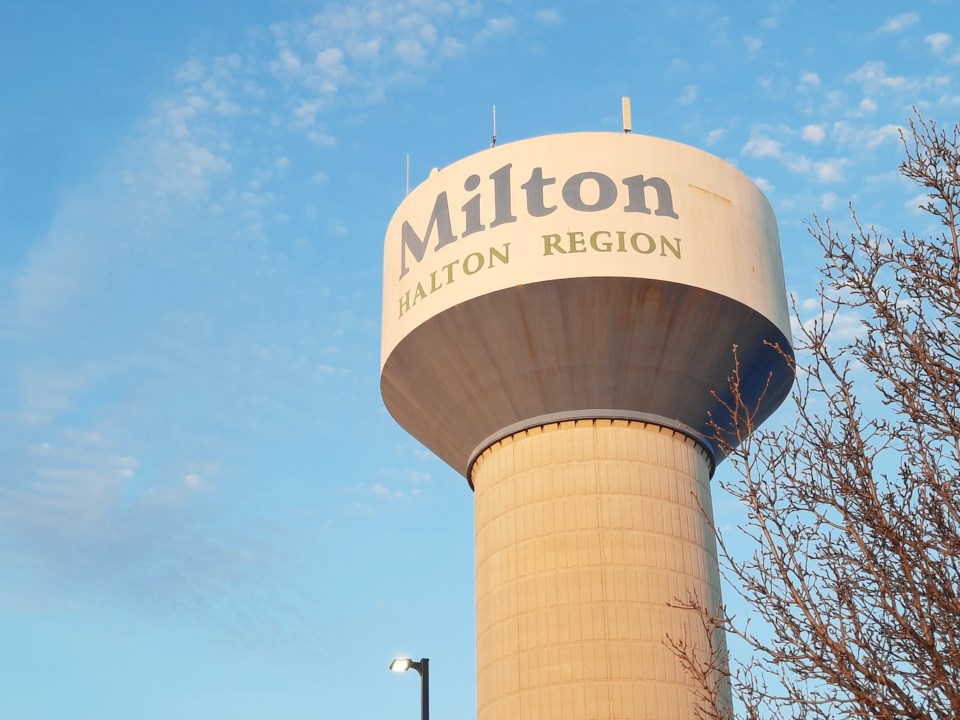Milton's population is projected to exceed 400,000 by 2051, meaning a near doubling of the housing growth rate seen over the past two decades.
That’s the preferred growth scenario from the town’s residential and non residential land needs analysis, a key input to the new official plan project.
“What this study does is it provides forecasting for both population and employment. And this will inform the quantity and types of housing and non-residential uses moving forward,” said Jill Hogan, the Town’s commissioner of development services.
The report presents several growth scenarios — low, medium (preferred) and high.
Based on the projection, the Town’s population is expected to grow to 400,400 in 2051, up from 137,300 in 2021. This represents an annual growth rate of 3.6 per cent, or an increase of 8,800 people per year.
“It's an increase of about 263,000 people over the next 30 years,” said Jamie Cook, of Watson and Associates Economists, who presented the draft findings of the report on behalf of Town staff at last week's council meeting.
The forecast assumes that the provincial economy will meet or exceed both near and long-term economic forecasts, and that federal immigration targets will also be met or surpassed
To support the growth, the Town would need to have an average of 2,900 new housing units per year from now until 2051. That's nearly double the 1,500 new housing units Milton averaged between 2001 and 2021.
The housing expansion is expected to comprise 28 percent low-density (single and semi-detached homes), 38 percent medium-density (multiplexes), 26 percent high-density (apartments), and 7 percent secondary suites.
“We do ultimately feel this is a reasonable long-term forecast for long-term planning purposes. But we would acknowledge that there's a level of ambition also based on this level of growth over the long term,” Cook said.
The forecast also projects the Town’s employment growing to about 156,000 jobs by 2051.
“It's about 3,600 jobs a year, about just under 30 per cent of those jobs are identified as commercial, about 27 per cent we’ve identified — give or take — in industrial and then the work-at-home around 16 per cent,” Cook said.
When asked by Coun. John Challinor about the level of confidence in the forecasts, given the inaccuracy of past growth projections in previous official plans, Cook acknowledged the difficulty of projecting over a 30-year period.
“That's just the reality of growth projections. One of the toughest things is trying to anticipate cycles and economic cycles that we just can't anticipate,” Cook explained. “That's why we have to monitor this and that's why ultimately these forecasts get updated.”
